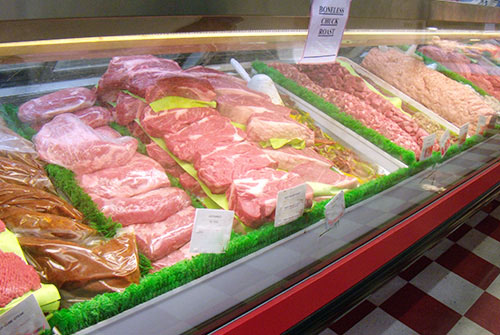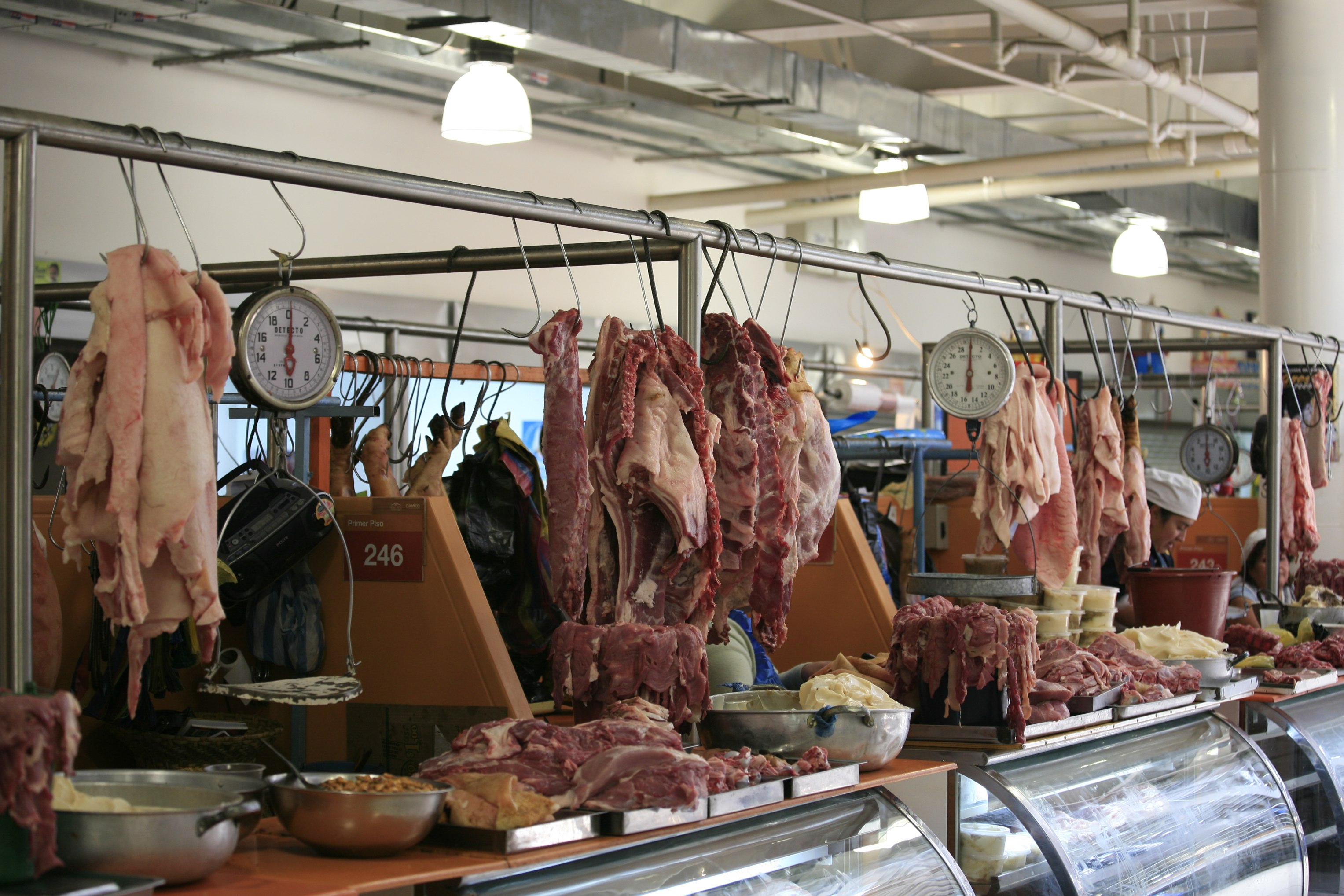Leading Reasons to Patronize Bagley Farms Meat Market Edwardsville IL for Premium Meats
Leading Reasons to Patronize Bagley Farms Meat Market Edwardsville IL for Premium Meats
Blog Article
Reveal the Art of the Butcher's Cut in a Modern Meat Market
In the ever-evolving landscape of modern-day meat markets, the butcher's cut has transcended its conventional origins, merging age-old craftsmanship with contemporary practices. What really establishes the contemporary butcher apart is their capacity to create a much deeper link in between customers and the beginnings of their meat.
Advancement of Butchery Strategies
The evolution of butchery techniques shows a rich tapestry of technology and adaptation driven by improvements in modern technology, modifications in customer demand, and a much deeper understanding of meat scientific research. Historically, butchery was a craft passed down via generations, with approaches sharpened over centuries to take full advantage of yield and flavor. The commercial change ushered in mechanization, transforming traditional techniques and making it possible for large handling.
The mid-20th century saw butchery strategies better refined by scientific insights into muscular tissue biology and meat aging, enhancing both tenderness and preference. Innovations like vacuum product packaging and refrigeration prolonged item shelf-life, allowing butchers to expand offerings and enhance quality assurance. This duration additionally noted the increase of specific tools, such as band saws and meat slicers, which boosted accuracy and efficiency in meat processing.

Digital systems now aid in monitoring pet provenance and enhancing cuts to meet particular consumer preferences. Furthermore, a renewal in artisanal butchery has actually emerged, blending traditional abilities with contemporary expertise to provide to consumers looking for ethical and lasting meat choices.
Recognizing Meat Cuts
Understanding the ins and outs of meat cuts is important for both butchers and customers seeking quality and value. Each cut comes from a various part of the animal, passing on special flavors, structures, and cooking techniques - bagley farms meat market edwardsville il. Mastery of these differences not just improves cooking experiences but also optimizes the utility of each carcass. For butchers, precise cuts show skill and regard for the craft, ensuring very little waste and optimum yield.

Comprehending muscle mass composition is essential; muscles utilized more regularly by the animal often tend to be harder and are best matched for slow-moving food preparation approaches, while less-used muscle mass, like those found in the loin, are more tender and perfect for grilling or roasting. Experience with these distinctions empowers consumers to make informed choices, enhancing their culinary undertakings.
Choosing Quality Meat
Selecting the best meat involves more than simply choosing an aesthetically attractive item from the screen. bagley farms meat market edwardsville il. The art of selecting high quality meat calls for a discerning eye and expertise of specific qualities that signify quality and quality. Firstly, focus on the color; beef needs to have a bright, cherry-red hue, while lamb ought to show a soft pink tone, and pork a pale pink. This shows the meat is fresh and hasn't been revealed to oxygen for as well lengthy.
Secondly, think about the marbling, which refers to the white streaks of fat within the muscular tissue. Correct marbling is a key indication of inflammation and flavor, as it melts throughout cooking, improving the meat's juiciness. Bear in mind, greater marbling typically correlates with superior quality cuts, such as USDA Prime.
Appearance is one more essential element; meat must feel strong to the touch, not slimed or overly soft. In addition, bear in mind the fragrance. Fresh meat ought to have a tidy, neutral smell, without any sour or try these out off-putting smells.
Combining Cuts With Food Preparation Techniques

On the other hand, harder cuts like brisket and chuck roast are abundant in collagen, which breaks down into gelatin when cooked gradually. These cuts are ideal for braising or sluggish roasting, permitting the meat to tenderize in time and establish deep, complex flavors. Similarly, cuts such as short ribs and pork shoulder prosper with slow-cooking approaches, where expanded cooking times change their durable textures right into succulent recipes.
Lamb shanks and oxtail, which call for prolonged cooking to tenderize, are perfect prospects for stewing or sluggish simmering. These methods coax out rich, passionate tastes while keeping moisture. By understanding the one-of-a-kind features of each cut, cooks and home cooks alike can boost their culinary creations, making sure each recipe is both satisfying and remarkable.
The Butcher's Function Today
Navigating the progressing landscape of the modern meat market, the butcher's role today extends beyond simple prep work of cuts. Contemporary butchers are cooking artisans, instructors, and advocates for lasting methods.
In addition to crafting specific cuts, butchers now engage directly with clients, offering cooking guidance and customizing options to suit private go to website demands and preferences. Their competence in meat aging, marbling, and flavor accounts encourages customers to make enlightened choices, improving their cooking experiences. This customized solution exemplifies the butcher's evolving function as a trusted consultant in the kitchen area.
Additionally, butchers are essential in lessening waste, utilizing whole pets to develop varied items such as sausages and supplies. This detailed strategy not just respects the pet however also aligns with modern sustainability goals. In this means, the contemporary butcher personifies both custom and advancement, adapting to an ever-changing market while maintaining the creativity and honesty of their craft.
Conclusion
Mastery in recognizing varied meat cuts and high quality signs equips butchers to offer educated suggestions, lining up particular cuts with ideal food preparation approaches. By recognizing historical techniques while embracing contemporary demands, the navigate here butcher's role continues to be vital in today's innovative meat market.
Report this page